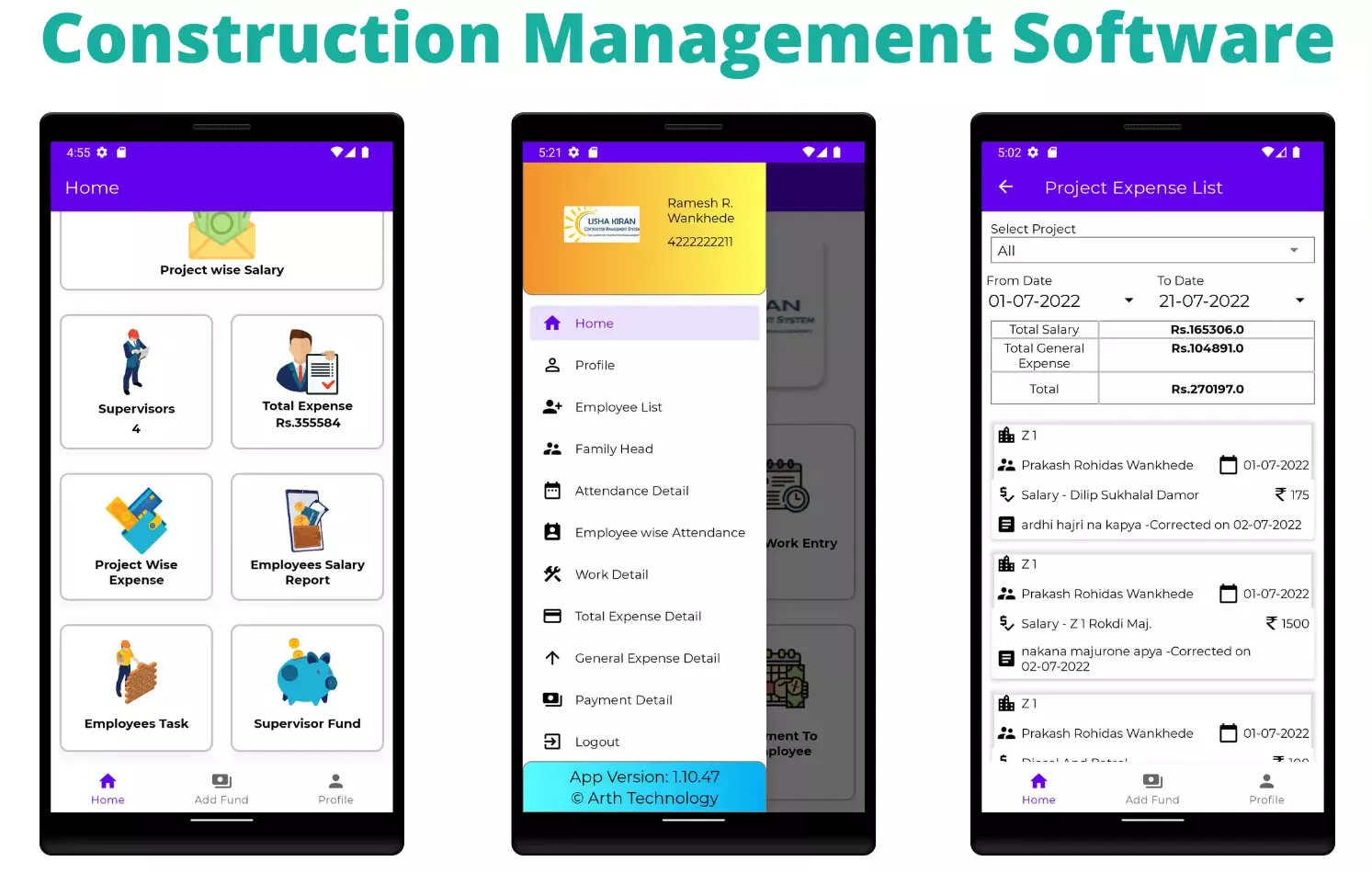Construction Project Management Software: Improve Efficiency and Partnership
Construction Project Management Software: Improve Efficiency and Partnership
Blog Article
Tailored Building Monitoring Software: Optimizing Source Allotment and Budgeting Methods
In the world of contemporary building and construction monitoring, the value of customized software options can not be overemphasized. These advanced devices use a nuanced strategy to maximizing resource appropriation and budgeting methods, necessary parts for effective project execution. By diving into the ins and outs of exactly how such software program can improve source allocation methods and fine-tune budget plan optimization strategies, a clear pathway toward increased project effectiveness emerges. In this digital age where precision and effectiveness preponderate, discovering the impact of tailored building management software program on these vital facets reveals a realm of possibilities that might form the future of the industry.
Benefits of Tailored Software Solutions
Tailored software program services provide a myriad of advantages to construction monitoring companies seeking to enhance efficiency and simplify procedures. By customizing software application services to attend to project management, scheduling, budgeting, and resource allotment, firms can enhance their operations and accomplish better productivity.
Another benefit of tailored software application solutions is the capability to supply real-time insights and analytics. Construction administration companies can utilize data-driven decision-making to keep track of project progress, identify bottlenecks, and make modifications immediately. This proactive technique improves job results and helps firms remain on track with timelines and budget plans.
Improved Resource Allocation Techniques
Applying efficient source allocation methods is crucial for building monitoring companies to enhance project end results and make the most of productivity. Improved source appropriation methods include strategically appointing personnel, equipment, and products to details jobs to guarantee optimal application of sources. One crucial facet of enhanced resource allocation is the capability to properly anticipate task demands and assign resources appropriately. By leveraging construction administration software that supplies real-time monitoring and reporting features, firms can dynamically change allotments as project needs evolve, bring about enhanced performance and cost-effectiveness.
In addition, enhanced source allowance approaches enable building and construction firms to determine and deal with prospective bottlenecks or source restrictions proactively. By performing normal analyses of source utilization and performance metrics, managers can make data-driven decisions to redistribute sources effectively and stop hold-ups. This proactive approach not just boosts task timelines however additionally reduces the danger of budget overruns because of inefficient source allotment.
Spending Plan Optimization Methods
To attain optimal economic effectiveness in building tasks, reliable budget optimization strategies play a crucial duty in guaranteeing expense control and project success. One crucial strategy is the facility of a thorough project budget that allots resources based on top priority and crucial requirements. By integrating these budget optimization methods into building administration software application, project stakeholders can enhance monetary planning, resource allotment, and total budget administration to drive job success and profitability.

Influence on Job Performance
Maximizing building administration software program can significantly improve task efficiency by streamlining interaction, boosting cooperation, and facilitating data-driven decision-making. By streamlining job information, stakeholders can conveniently access real-time updates, reducing hold-ups created by miscommunication or outdated information. Improved collaboration functions enable staff member to collaborate effortlessly, no matter their physical location, promoting an extra natural and efficient work atmosphere. In addition, building monitoring software program can offer important understandings via data analytics, enabling job supervisors to make informed choices swiftly and properly.
Furthermore, the automation of routine tasks such as scheduling, budget tracking, and resource allowance can maximize useful time for task teams to concentrate on essential tasks, inevitably quickening task shipment. The ability to check project progression in real-time and determine potential traffic jams enables proactive analytic, protecting against issues from escalating and triggering hold-ups. Overall, the impact of tailored construction monitoring software application on job performance is obvious, offering an affordable advantage by enhancing operations and making best use of efficiency.
Future Trends in Building Software Program
As the construction sector continues to evolve, developments in innovation are shaping the future landscape of construction software solutions. One considerable trend on the horizon is the increasing assimilation of synthetic intelligence (AI) and maker learning capacities in building software program. These modern technologies have the possible to reinvent exactly how construction projects are construction software managed by making it possible for anticipating analytics, automated decision-making processes, and improved project insights.
An additional future fad in building software is the expanding focus on cloud-based solutions. Cloud technology uses increased adaptability, scalability, and availability for building and construction groups, allowing for real-time partnership and data sharing throughout job stakeholders. This change in the direction of cloud-based software is anticipated to boost project effectiveness, streamline communication, and boost general task outcomes.
Moreover, the surge of Building Details Modeling (BIM) is anticipated to proceed forming the building and construction software program landscape. BIM software application promotes 3D modeling, visualization, and data administration, causing improved task coordination, minimized mistakes, and improved project end results. Embracing these future patterns in building and construction software will be important for companies looking to stay affordable and drive advancement in the industry.
Conclusion
To conclude, tailored building and construction administration software offers numerous benefits such as improved resource allowance techniques and budget plan optimization methods. This software application has a considerable impact on task effectiveness by improving procedures and enhancing overall efficiency (construction mangement software). As technology remains to breakthrough, future fads in construction software program are expected to further maximize resource appropriation and budgeting techniques for building and construction jobs
Report this page